Tasks Due Today from Week 10
- Work toward the next Research Project Presentation milestone
- Complete the Art of Noticing task
Check-in (10 min)
Freewrite – The Art of Noticing (10 min)
Prompt: Without lifting up your pen/pencil, draw the room you just left. This is not a detailed recreation. You have 10 minutes to quickly draw the outlines of the space and it’s contents. If you have time, feel free to go in and add any details that you remember.
This week’s task brought to you by Dianna:
Sketch A Room You Just Left
Take in your physical environment carefully, then move to.a different one. Now sketch the room you just left. It doesn’t need to be a detailed re-creation, but strive to capture the basics of the space, including it’s contents.
ART OF NOTICING
Next Week’s Prompt by Heni:
Be Alone in Public
Eat in a crowded restaurant without the company of schoolwork, laptops or smartphones. Or friends. Make a visit to an art gallery or restaurant or a park bench, alone. It’s not a penalty to spend time alone. It’s an opportunity – to exist totally free of anyone else’s expectations, or your smartphone. What do you notice about how you feel (good or bad)? Examine your feelings – and ask why?
ART OF NOTICING
Activities
Below, find the information covered in this session. Complete all of the following activities, videos, and assignments.
1. Questions, Concerns?
- Research Essay – Stereotype – feedback posted
- Research Project Presentation – next milestone!
- Designer’s Cookbook posts
2. Early Avant-Garde: Futurism, Constructivism, De Stijl
Graphic design was in its infancy in the early 20th Century, and the artists/designers of the early Avant-Garde were laying the foundation for the field amidst worldwide upheaval and technological and social change.
Futurism
Filippo Marinetti, along with a group of young Italian artists, composed the “Manifesto of Futurism” in 1909 to declare their ambitions, in opposition to the traditional values dominating Italian art and culture of the time.
Login to LinkedIn Learning with your Public Library Card (see LinkedIn Learning Access) and watch European Avant-Garde in the Course: Learning Graphic Design History.
Key ideas/concepts
- The manifesto, poetry, and other printed books expound the values and ideals that the group celebrate, including motion, movement, technology, speed, dynamism, unification of culture, industrialization, war, violence, courage, aggression, machismo, extremism, destruction of the past, revolution and glorification of war.
- Dynamic Typography: Bold, energetic typography that mimics movement and the speed of modern life.
- Motion: A focus on depicting objects in motion to convey energy, speed, and change.
- Abstract Shapes and Lines: The use of abstract forms to symbolize interconnectedness and complexity.
- Simplification and Abstraction: Reducing complex subjects to essential components for greater impact.
- Visualizing Technology: The depiction of machines and advanced technologies as central themes.
- Contrast and Fragmentation: Using contrast and fragmented imagery to represent rapid change and disintegration.
Futurism’s Design Legacy
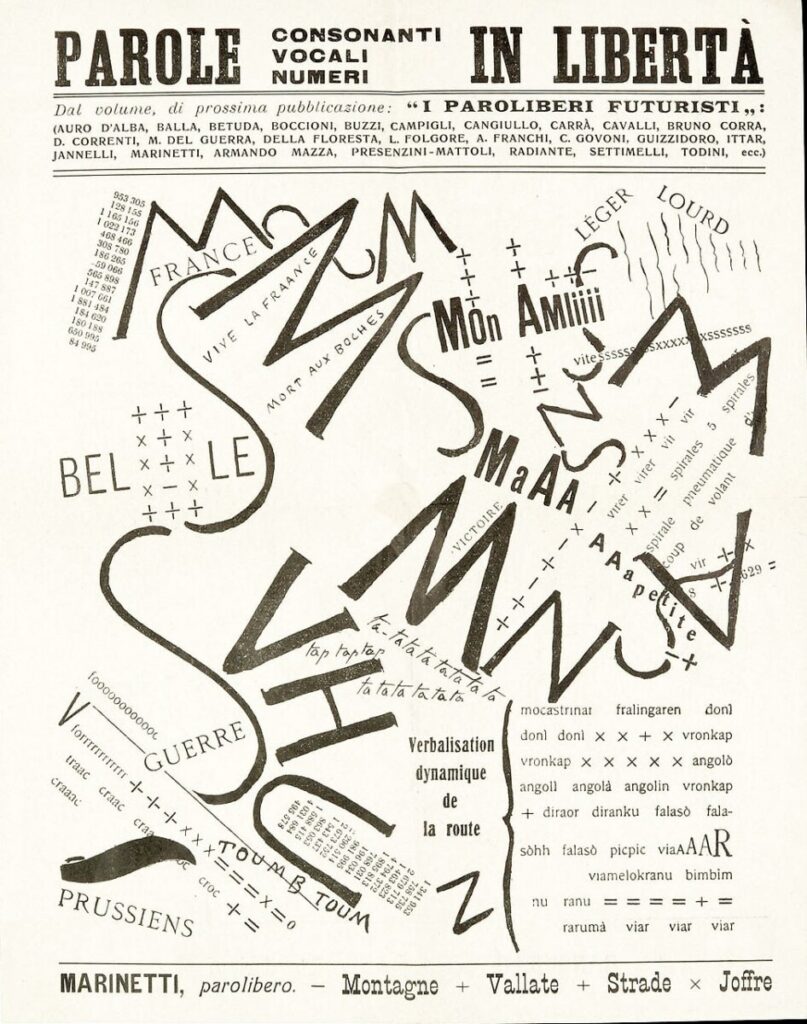
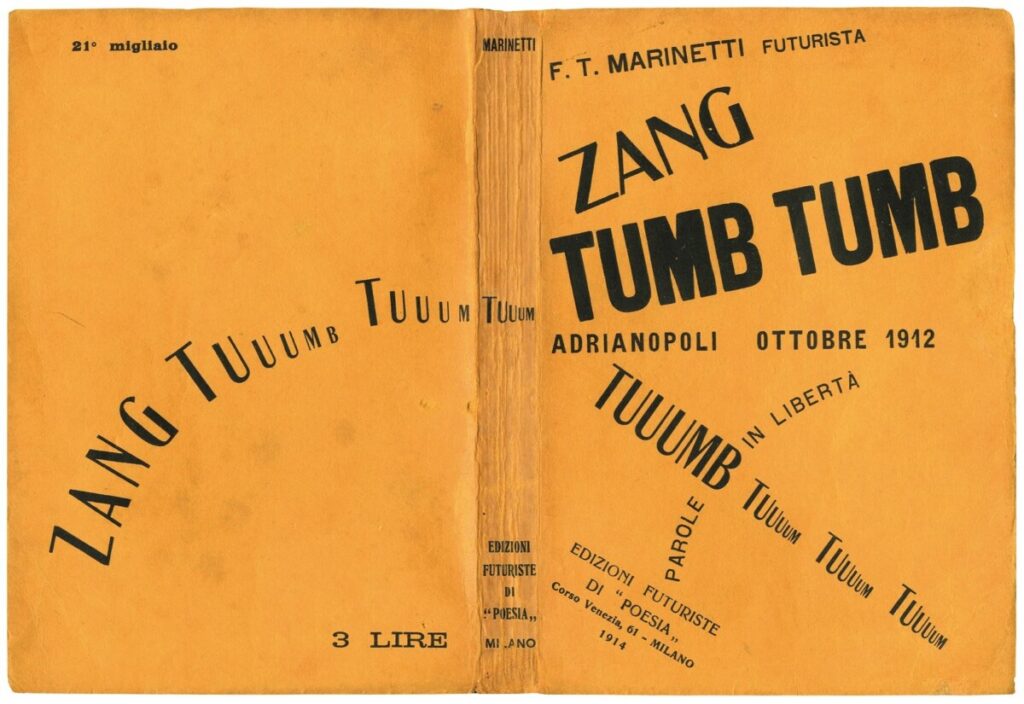
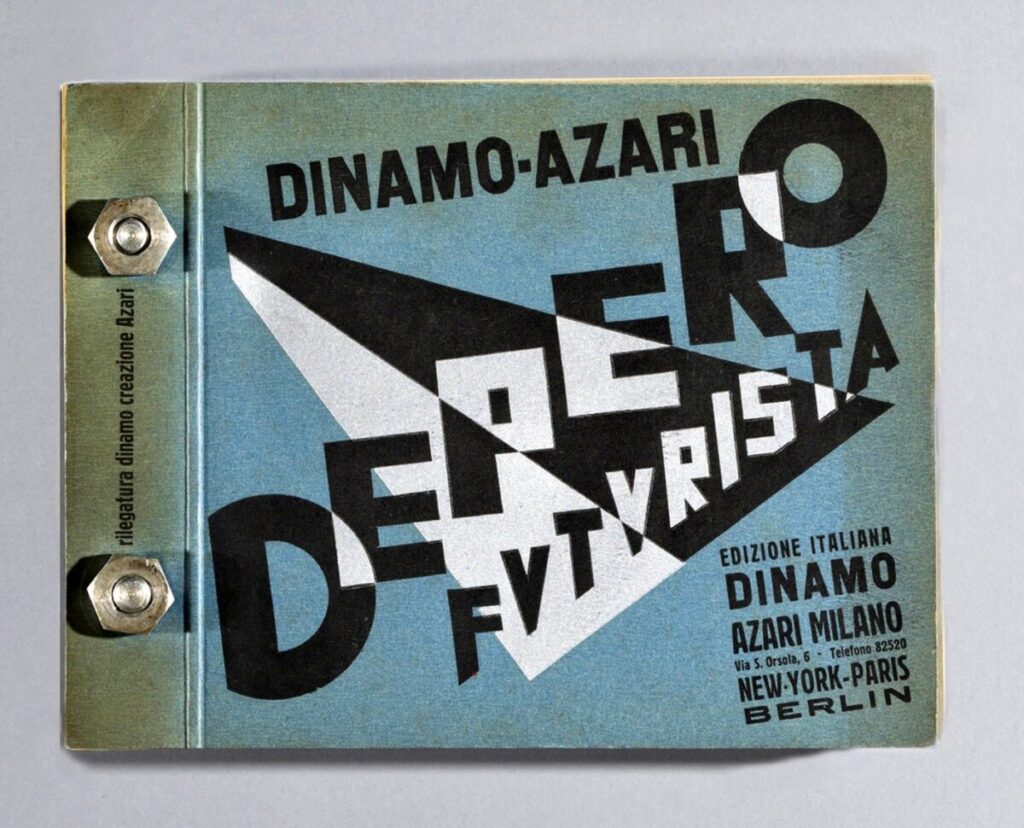
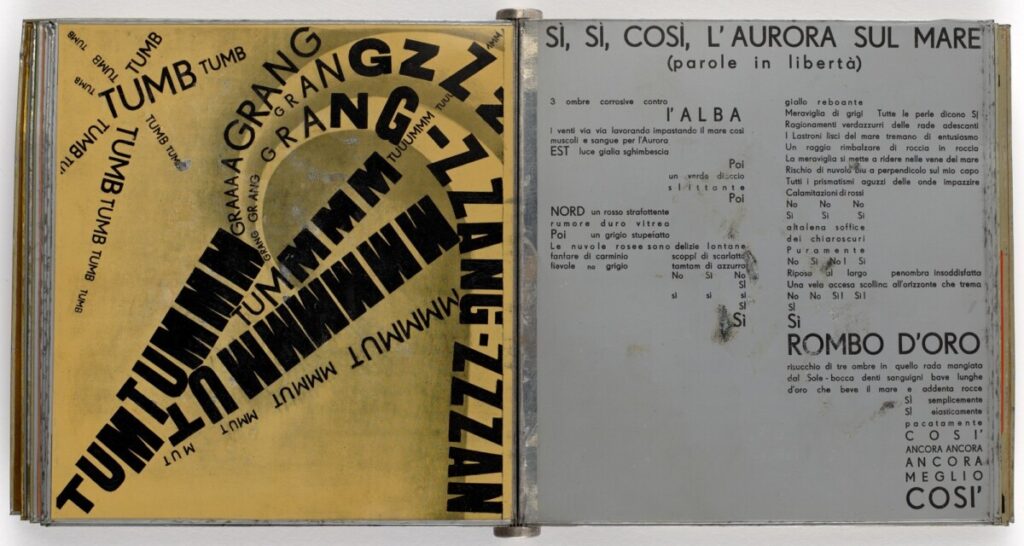
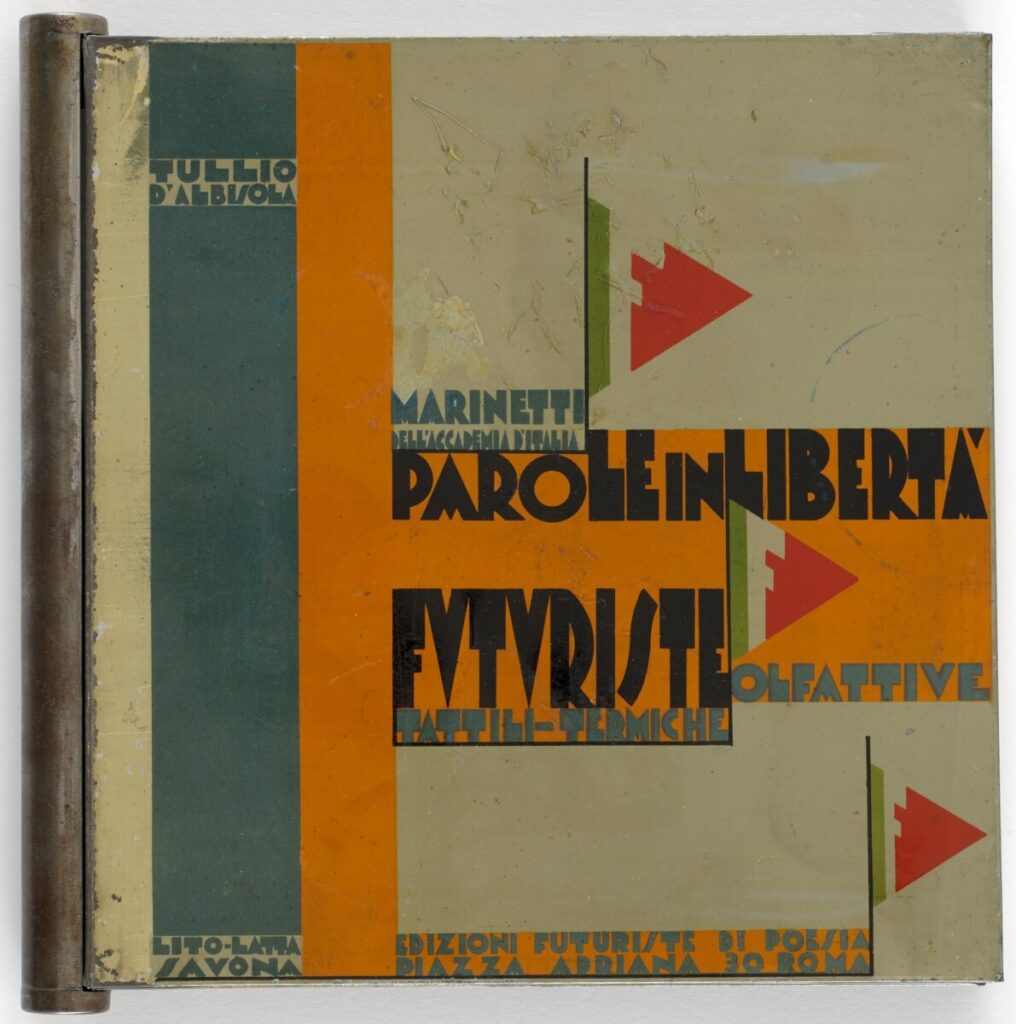
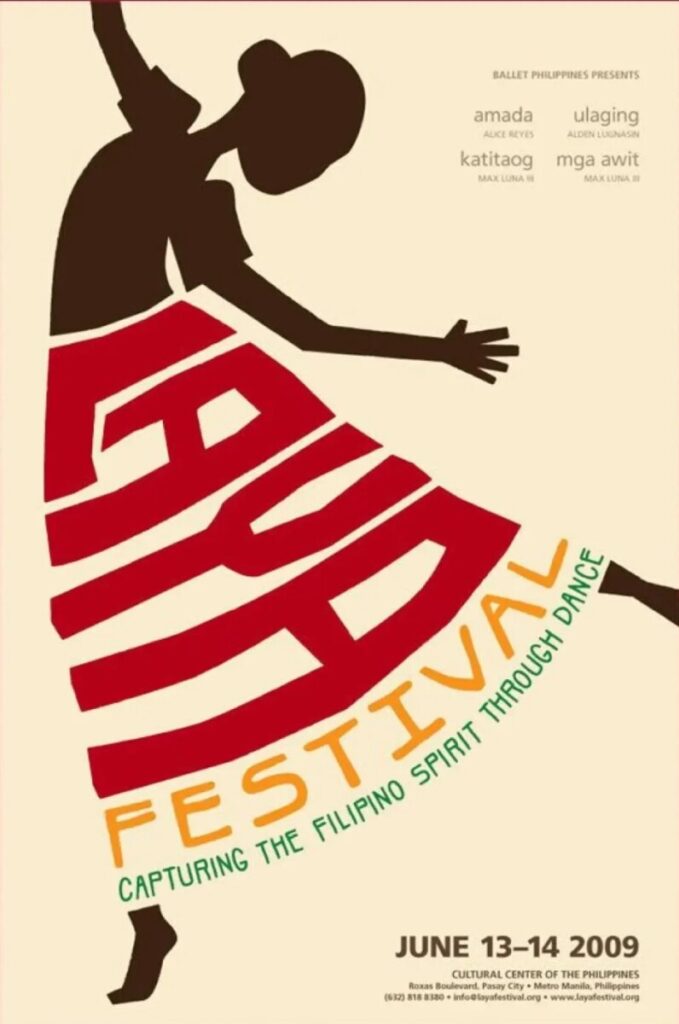
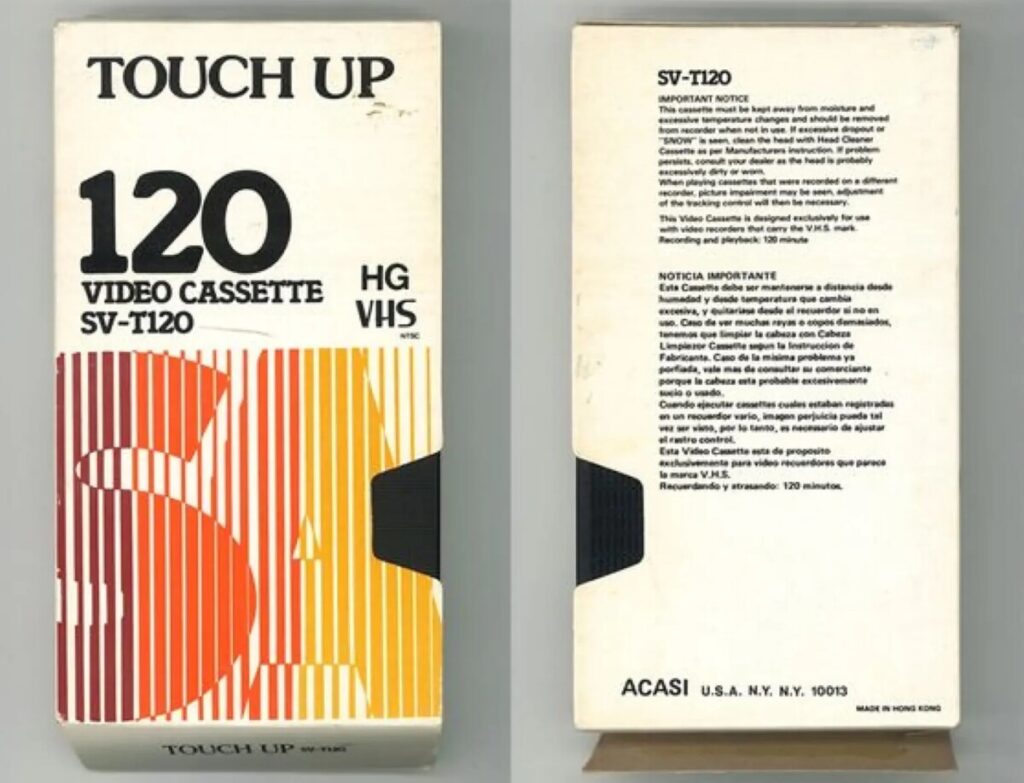


Russian Constructivism
Constructivism, and the early avant-garde in general, as we shall continue to explore, had a profound impact on the evolution of graphic design, advertising, fashion, industrial design, architecture, theater, and more. Born from the political and societal influences of the time (1915–1934), we will see how the goals of universal design, rejection of authorship, and focus on social responsibility are present in this movement and why.
Login to LinkedIn Learning with your Public Library Card (see LinkedIn Learning Access) and watch The Soviet Revolution in the Course: Learning Graphic Design History.
Key ideas/concepts
- Dynamic Composition: characterized by intersecting planes, geometric shapes, photomontage, san serif fonts, bold primary palettes, and diagonal lines. These elements conveyed a sense of movement and energy, reflecting the dynamism of modern urban life shaped by technological advancements.
- Functionalism: Russian Constructivists rejected traditional art forms and decorative stylization in favor of functional objects and structures designed for use in everyday life. They believed that art should serve a practical purpose and contribute to the construction of a new society.
- Technology and Innovation: Constructivists embraced industrial materials such as steel, glass, and concrete, and new technologies like photography and printing. These materials were seen as symbols of modernity and progress, reflecting the influence of technology and industrialization on society.
- Utopian Vision: Despite its eventual suppression by the Soviet regime, Constructivism was deeply engaged with the social and political issues of its time. The movement embodied a utopian socialist vision of a future society built on principles of equality, cooperation, and technological progress.
- Universal Communication: Constructivist artists aimed to create works that could communicate universally, transcending language and cultural barriers.
Constructivism’s Design Legacy
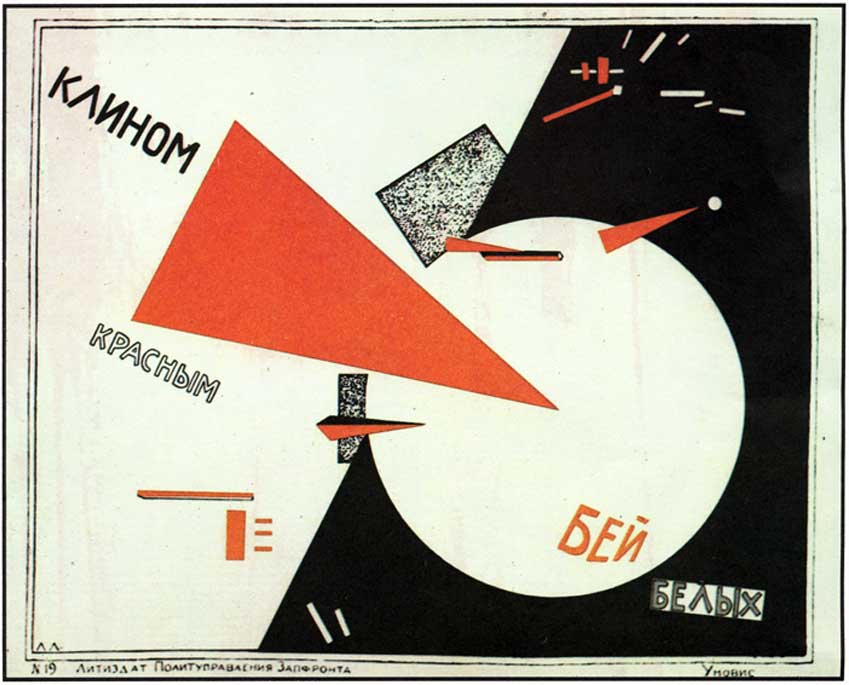
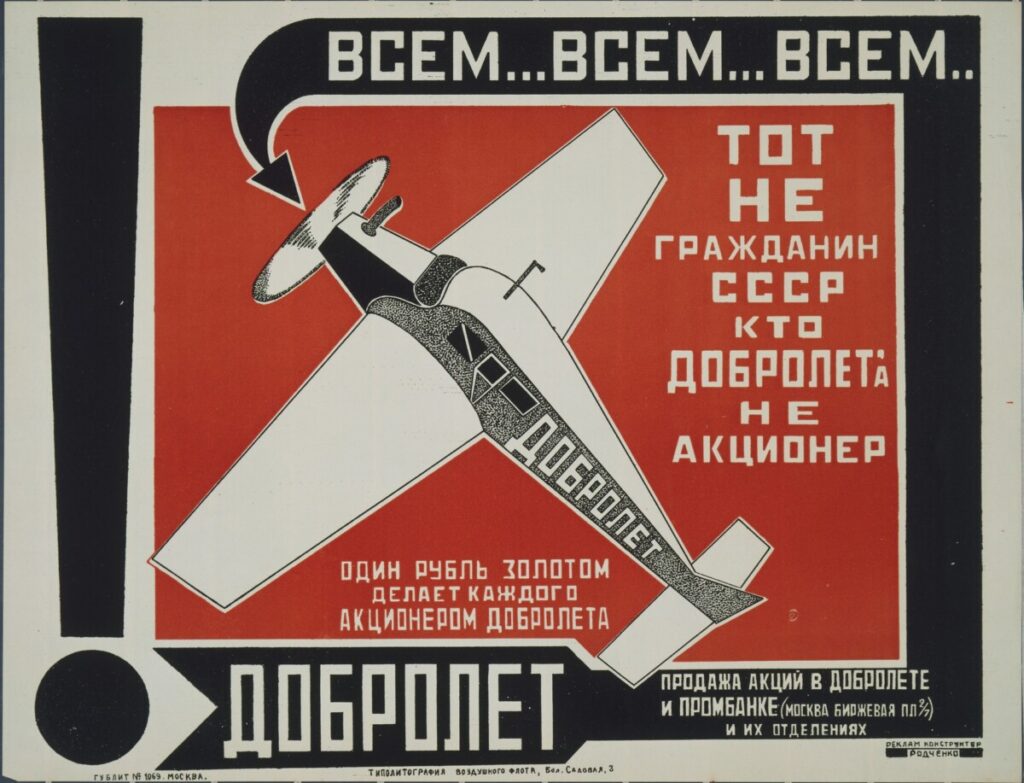
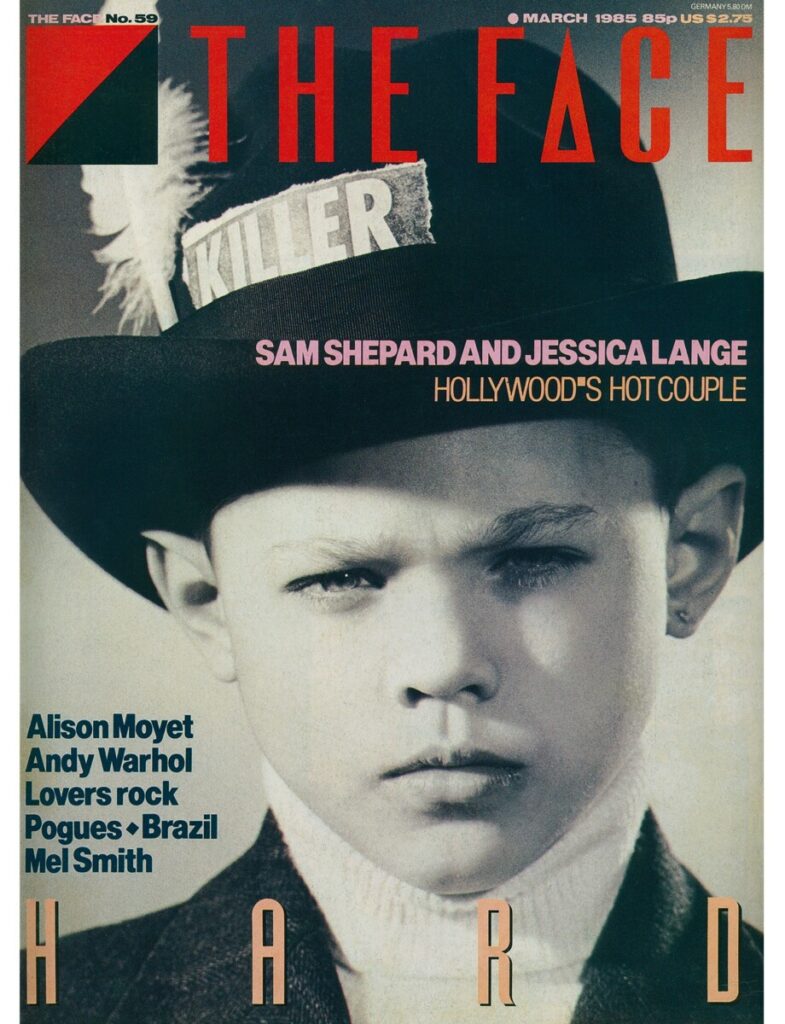
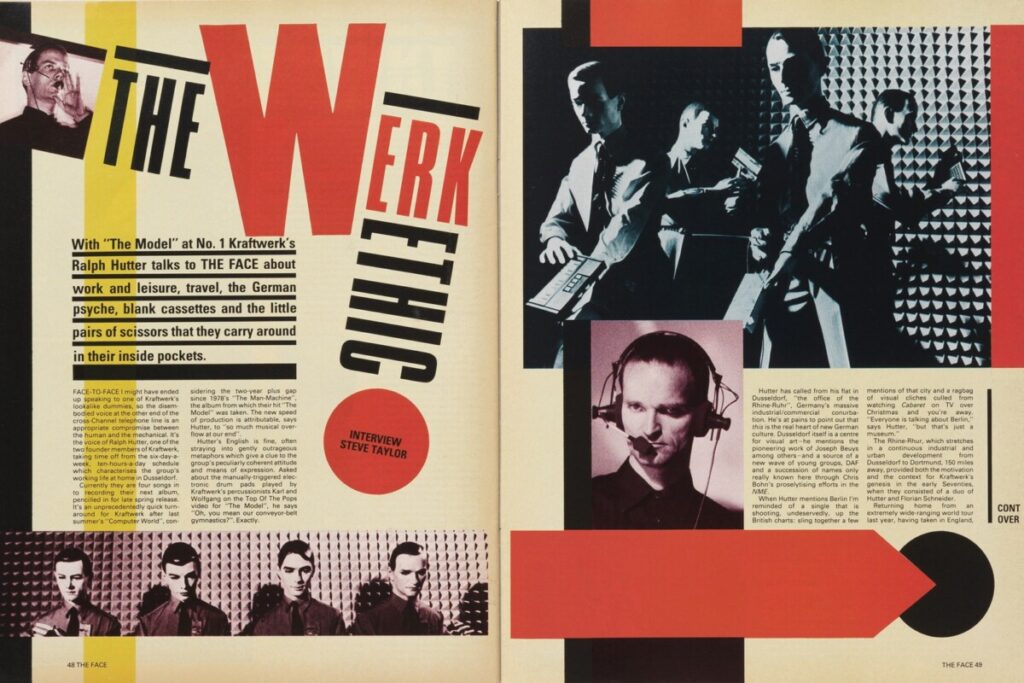
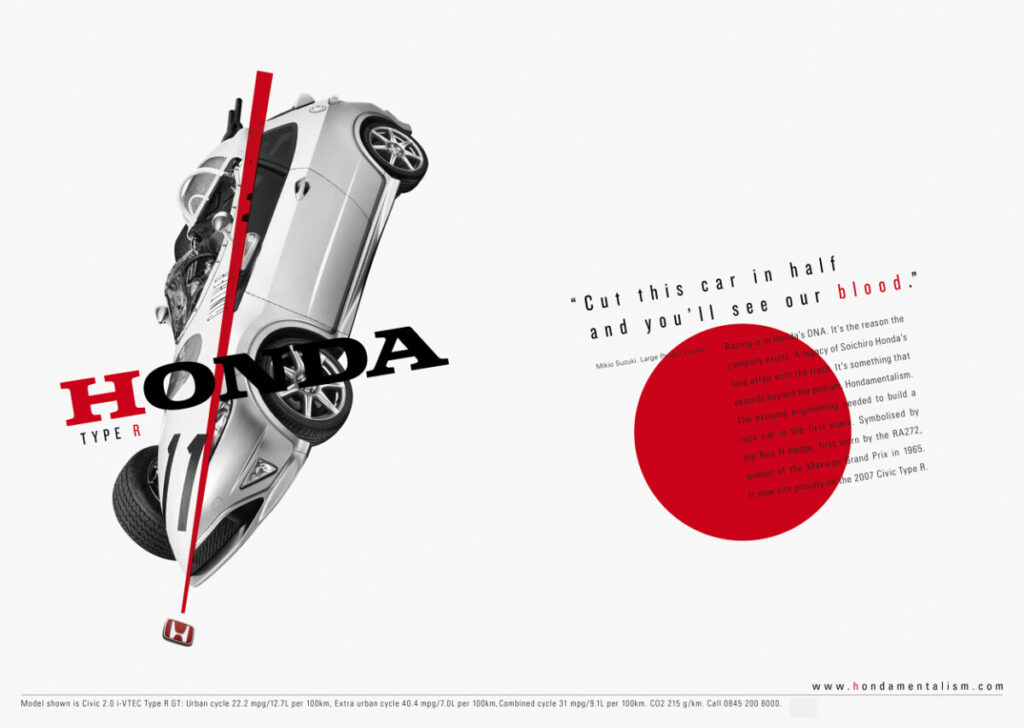
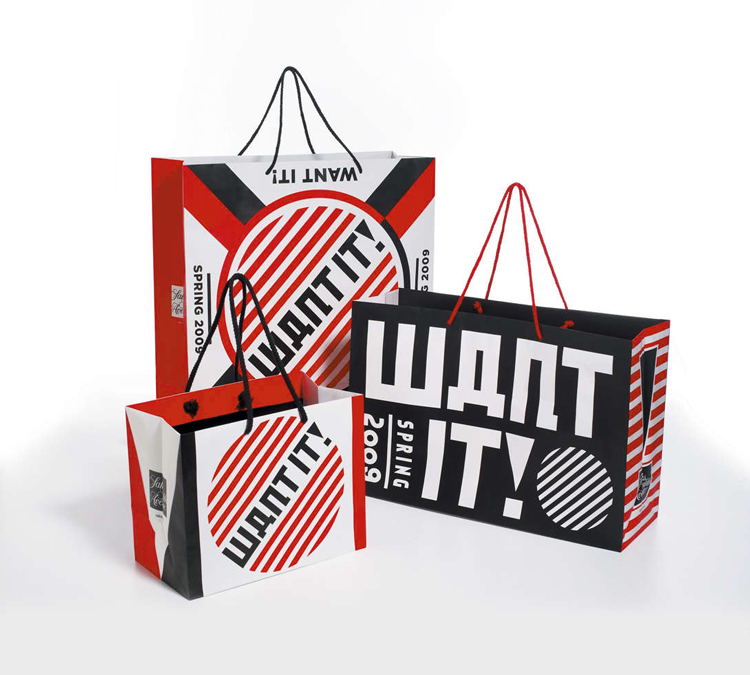

De Stijl
The De Stijl movement, which emerged in the Netherlands in the early 20th century (1917-1930), followed the pursuit of artistic purity through abstraction and simplicity. De Stijl artists, architects and designers sought to reduce image and form to its essential elements, focusing on geometric shapes, primary colors, and a strict adherence to straight lines and right angles. They believed in the harmonious relationship between form and function, aiming to create a universal visual language that could transcend cultural boundaries. The movement’s manifesto, written by Theo van Doesburg in 1917, emphasized the use of horizontal and vertical lines, as well as the rejection of naturalistic representation in favor of pure abstraction. Key figures associated with De Stijl include Piet Mondrian, Theo van Doesburg, and Gerrit Rietveld.
Learn more from the National Gallery of Scotland.
Login to LinkedIn Learning with your Public Library Card (see LinkedIn Learning Access) and watch De Stijl in the Course: Learning Graphic Design History.
Key ideas/concepts
- Geometric Abstraction: De Stijl artists emphasized the use of geometric shapes, particularly squares, rectangles, and straight lines, to create abstract compositions.
- Primary Colors: The movement favored the use of primary colors (red, blue, yellow) and non-colors (black, white, gray), applied in a flat, uniform manner to achieve visual harmony.
- Universalism: De Stijl sought to create a universal visual language that could communicate across cultures and contexts, transcending national boundaries and individual expression.
- Spiritual Harmony: Some De Stijl artists believed that by reducing art to its essential elements and achieving visual harmony, they could evoke a sense of spiritual transcendence or universal truth in the viewer.
- Total Environment: De Stijl architects and designers aimed to create total environments, where architecture, furniture, and decorative elements were integrated into a unified whole, reflecting the movement’s principles of simplicity, functionality, and harmony.
De Stijl’s Design Legacy






4. Your Designer’s Cookbook Posts: Influences + Lineages
Share your 200-word post about a designer, philosopher, or movement that has been left out of design history. And with example images, demonstrate how they are part of your design lineage and aesthetic.
The goal here is to discover new aesthetic lineages. What are the ingredients (influences) that make up your visual style?
5. Assignment: Designer’s Cookbook
This week, choose a designer/theorist/movement not often included in history of design. And with example images, demonstrate how they are part of your design lineage and see if you can connect them to other design lineages!
See Designer Cookbook Guidelines for details.
Week 11 Agenda Checklist
Below are all of the tasks, big and small, for this week. The due date is Wednesday, 11:59 pm before our next Thursday class. Timely completion of these tasks will contribute to your success in this course.
If you have any questions, don’t hesitate to reach out.




Leave a Reply